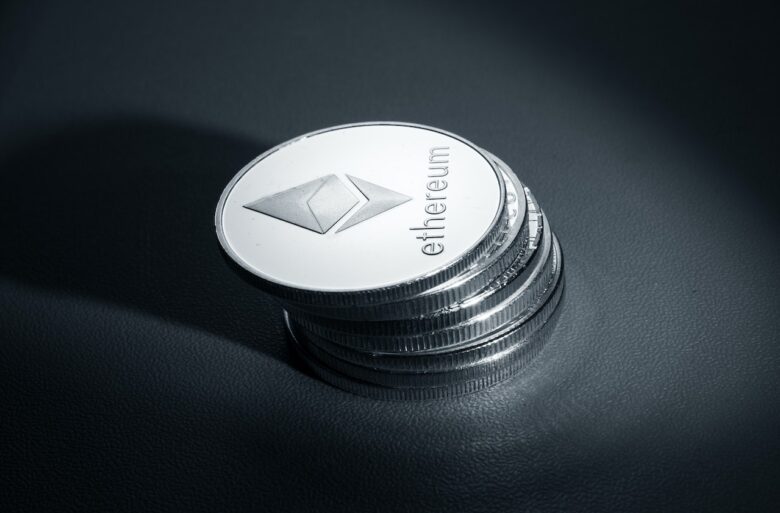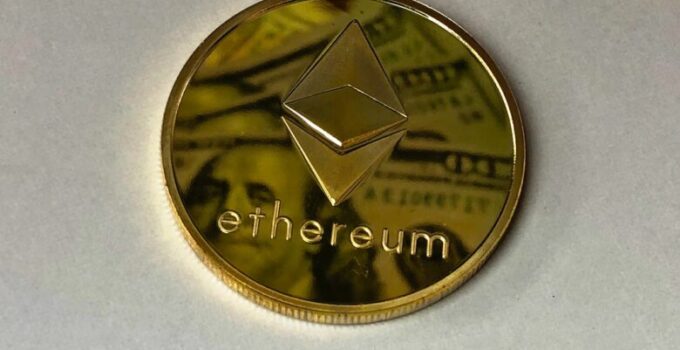Ethereum’s Merge was one of the biggest events in the crypto market, lowering energy usage by 0.2%. According to a CCRI report, the network’s CO2 emissions have decreased significantly – from around 11 million tons every year to less than 870. The Merge was a unique upgrade completed after years of research and hard work. This move was the biggest decarbonization event in tech’s history, proving that tech innovations can considerably reduce emissions, contributing to a healthier environment. The Merge is only the first stage of a plan designed to improve Ethereum, making it more secure and sustainable. Besides helping the planet, the Merge can potentially attract more investors to the crypto space, as it eliminates environmental concerns.
Moreover, this transformation creates new opportunities for businesses. As a report from Ethereum Enterprise Alliance suggests, the Ethereum ecosystem has evolved to a point where the network has different applications in the real world. Businesses value the network because of its multiple use cases – for instance, companies can adopt Ethereum as a payment solution. The new version of Ethereum provides increased privacy and better scalability for enterprises. The transition from PoW to PoS enabled shard chains that lower network congestion, boosting transaction throughput. This would have been impossible for Ethereum during the Pre-Merge era. Let’s take an in-depth look at how Ethereum changed after the Merge and what this means for businesses.
It has eliminated a barrier to participation in transactions

Source: pexels.com
The Merge changed an essential requirement for those wishing to contribute to transaction validations. Validators process transactions and contribute to the network’s security by staking at least 32 ETH into the particular contract.
While technical expertise is still necessary if you want to buy Ethereum, specialized machines are no longer a demand. But since you can’t validate if you aren’t informed about blockchain operations, getting educated is crucial, so you need to check an exchange like Binance to figure out what is the current Ethereum price and how the network works. With good knowledge, a modestly powered computer like a consumer laptop and a solid Internet connection, you’ll then be ready to join the Ethereum ecosystem.
It has made Ethereum more environmentally sustainable
The Merge eliminated the immense computing power usage that the PoW consensus mechanism involved. Now, the network validates transactions through PoS, allowing users to stake ETH and join other participants who validate transactions on the blockchain. The staking process uses less computing power, reducing energy consumption and lowering Ethereum’s carbon footprint, thus making it more eco-friendly.
This increased sustainability can be appealing to businesses that were reluctant to adopt crypto due to climate concerns. The Merge was an essential step towards making blockchain and digital assets greener and is likely to bring many opportunities in the crypto market.
It has increased transaction security

Source: pexels.com
Ethereum’s DeFi Ecosystem
Ethereum’s robust DeFi ecosystem offers businesses access to a range of financial services. One notable aspect is the availability of secure wallet options. Casa, a trusted provider, offers the ETH Vault, a specialized wallet for securely storing Ether and participating in DeFi activities. With a right wallet, businesses can confidently engage in DeFi lending, borrowing, decentralized exchanges, and other financial services while maintaining control over their assets. The combination of Ethereum’s DeFi offerings and reliable wallet solution presents businesses with a secure and convenient way to explore the exciting opportunities within the decentralized finance space.
Cryptocurrencies are valuable assets, making them appealing to cybercriminals. From phishing attacks to ransomware, many cybersecurity risks can threaten the safety of your digital assets. Fortunately, Ethereum has always been known for providing increased security, which was true even when the network used a PoW mechanism. But the Merge took security to another level, as those owning ETH now validate transactions by staking their currency. This makes it challenging for bad actors to hold most of the staked ETH, preventing the blockchain from validating fraudulent transactions. And if fraud occurred, the malicious attacker would lose the Ether anyway. For enterprises, the changes in validating transactions are a significant step in mitigating digital asset risks better.
It has brought a change in income generation
Before the Merge, validators received more ETH in return when validating the transactions of other participants by staking their ETH holdings. This differs from blockchains operating on a PoW mechanism where you’re rewarded with crypto by investing your computing skills.
The evolution of Ethereum makes this yield increasingly stable, serving as a benchmark for various financial instruments in the ecosystem. But a new investment income source brings with it new risks and tax implications, as well as compliance requirements. Thus, companies that choose this route should ensure they have the right processes in place that can help mitigate key risks like fraud and comply with tax laws and regulations.
It has impacted Ether issuance

Source: pexels.com
The Merge also had an impact on Ether’s economic functioning, namely how the token is developed and distributed. In previous years, Ethereum issued a considerable amount of ETH with the purpose of rewarding validators. However, after that, it burned some of the tokens received via transaction fees.
In the new approach, validation isn’t as cumbersome, and less Ether is issued to reward those contributing to the network, making Ethereum more stable.
What will happen next in the Ethereum ecosystem?
The Ethereum Merge was indeed a revolutionary event, but there will be more updates soon, like a switch to sharding. This change involves dividing data to enable faster, cost-effective transactions and will likely become another reason for more enterprises to adopt Ethereum. While some businesses may want to integrate it with services or products, others may implement new business models. For instance, financial companies may provide Ether custody services and instruments like validation and staking. This could lead to a flywheel effect – a cycle of increased efficiency, functionality and participation.
It is still early to say precisely how the Merge impacted the crypto space and different industries. But one thing is clear: businesses interested in cryptocurrency and blockchain should focus on understanding the Merge and its implications. These changes could be a significant part of their operations, impacting their digital economy plans in the long run. Even if the benefits aren’t immediate, the Merge will likely boost companies’ interest in Ethereum due to the evolution of the network. It may take months to establish more use cases, but the future looks promising.
Undoubtedly, Ethereum can empower businesses in many ways, driving growth. Sectors like banking can significantly benefit from Ethereum’s applications. Blockchain technology has already revolutionized many industries and will likely lead to a more positive outcome in the business world in the near future.




